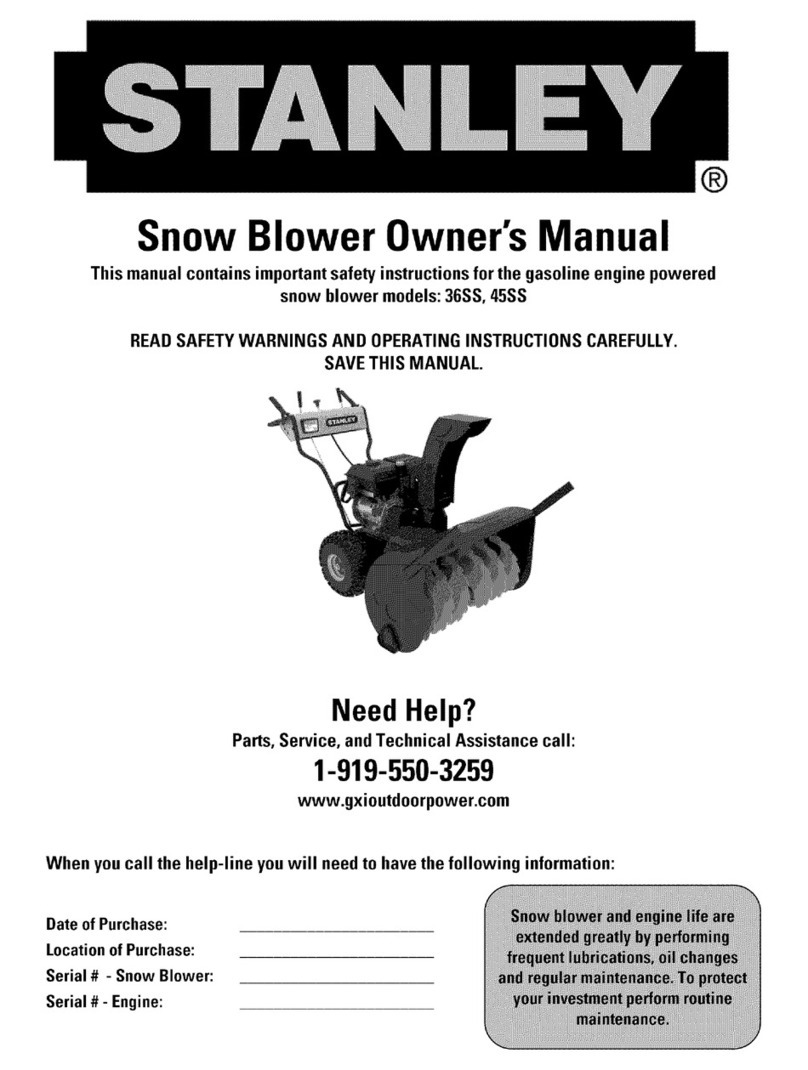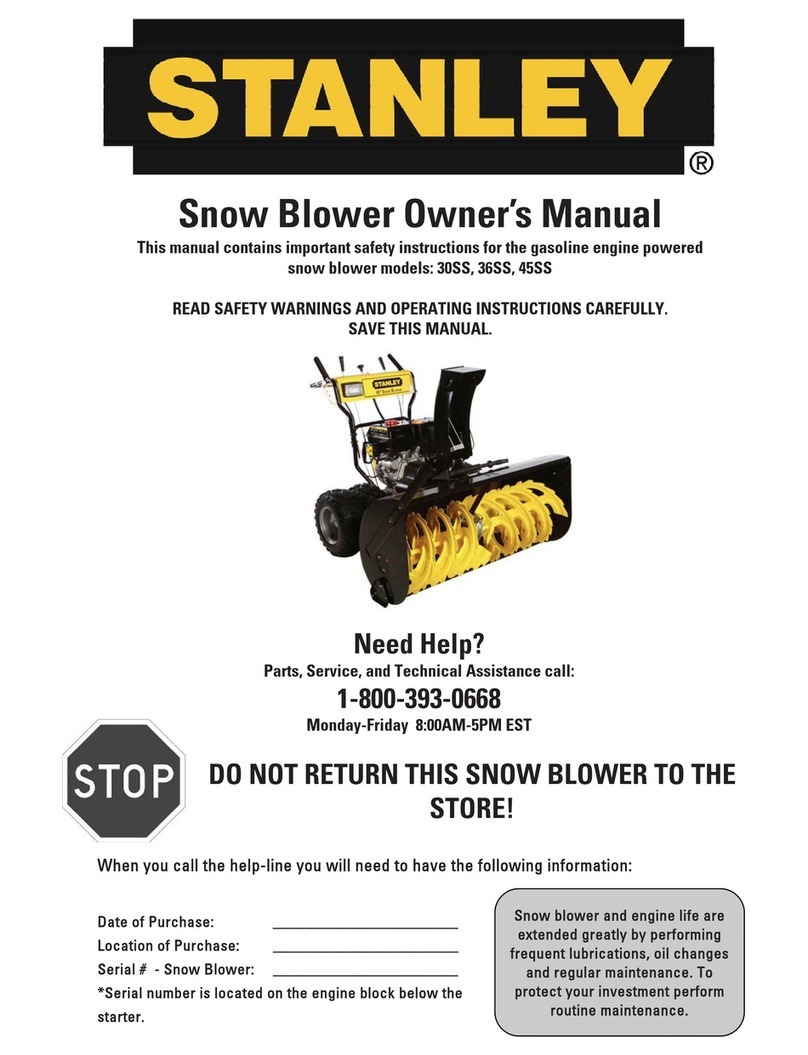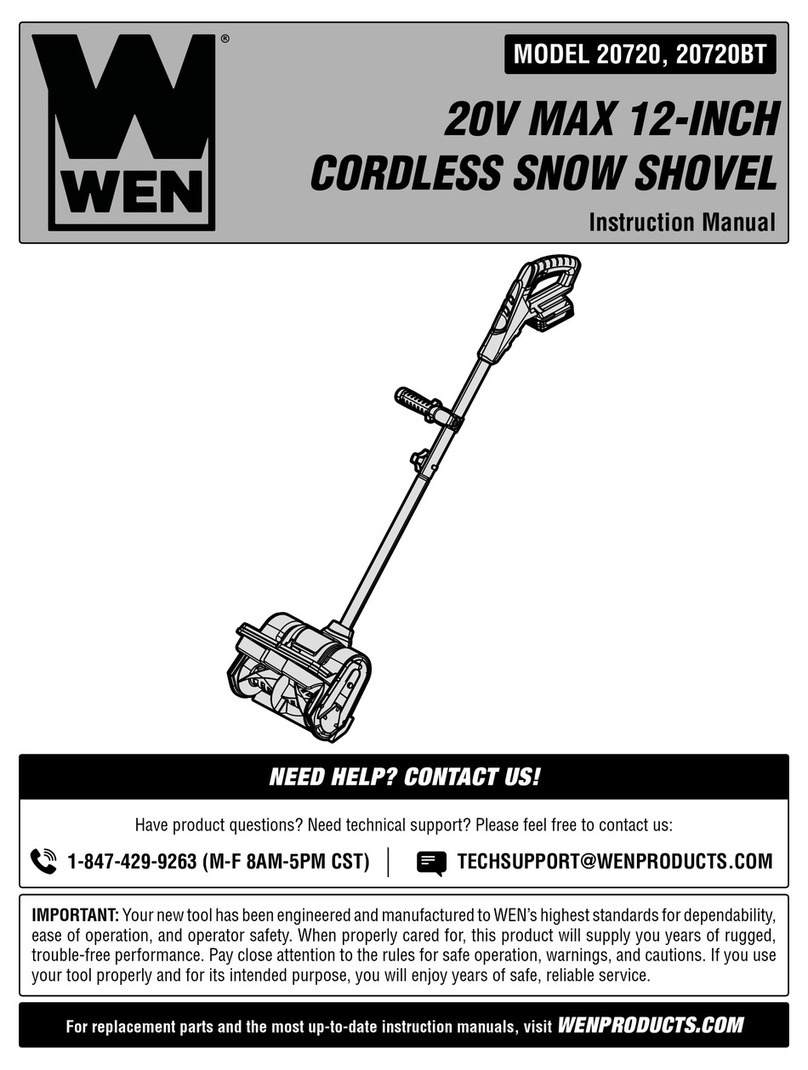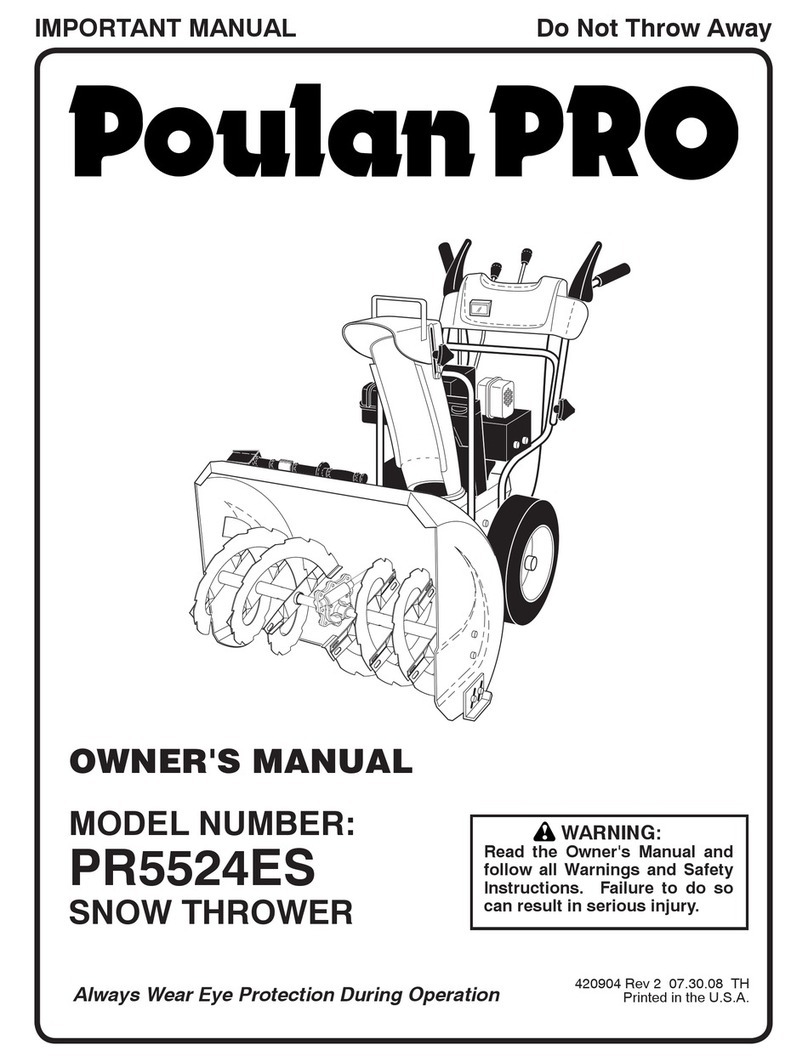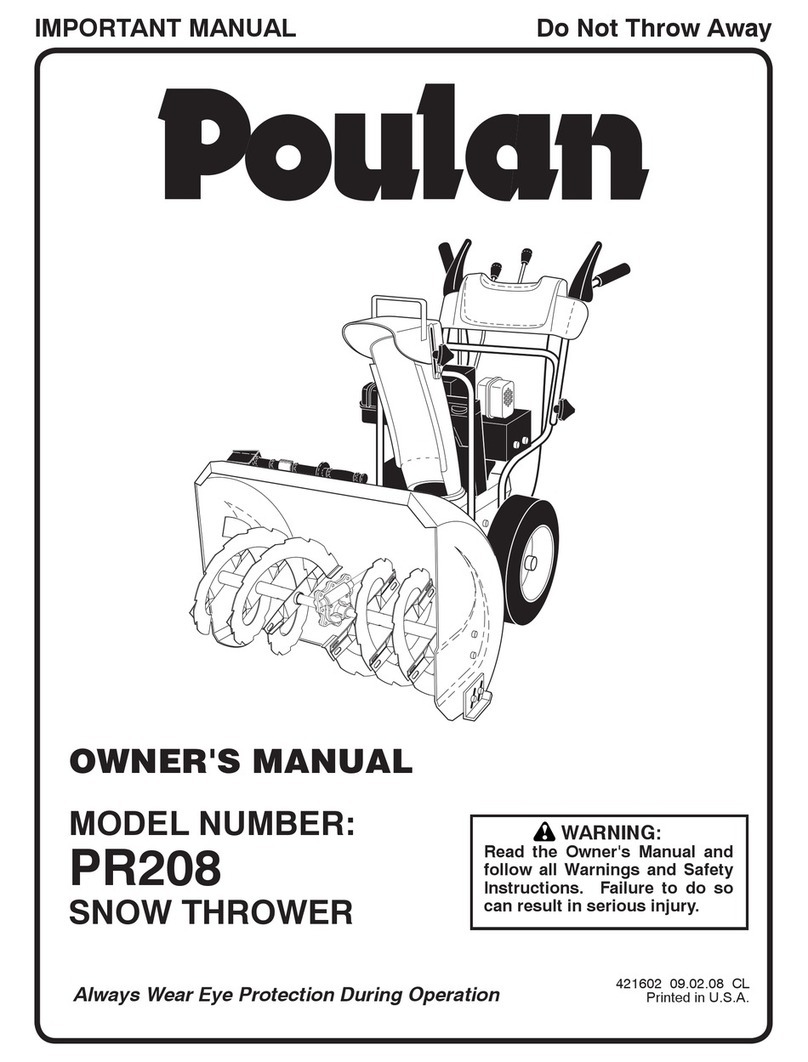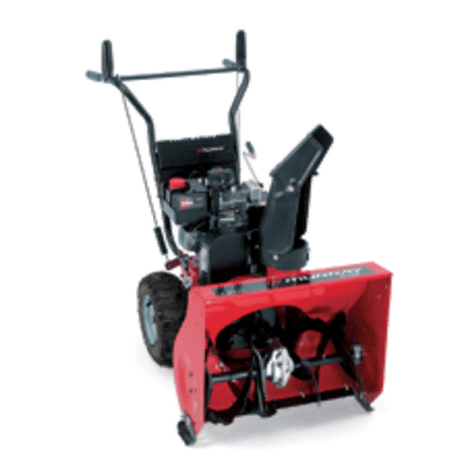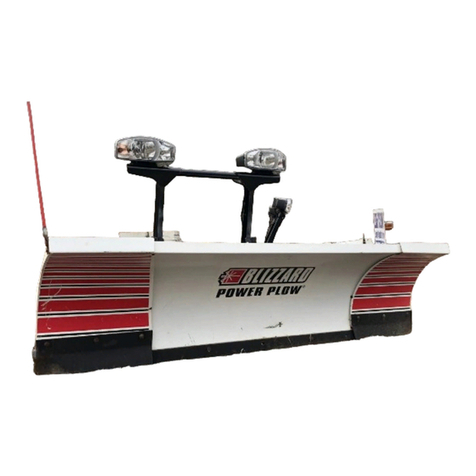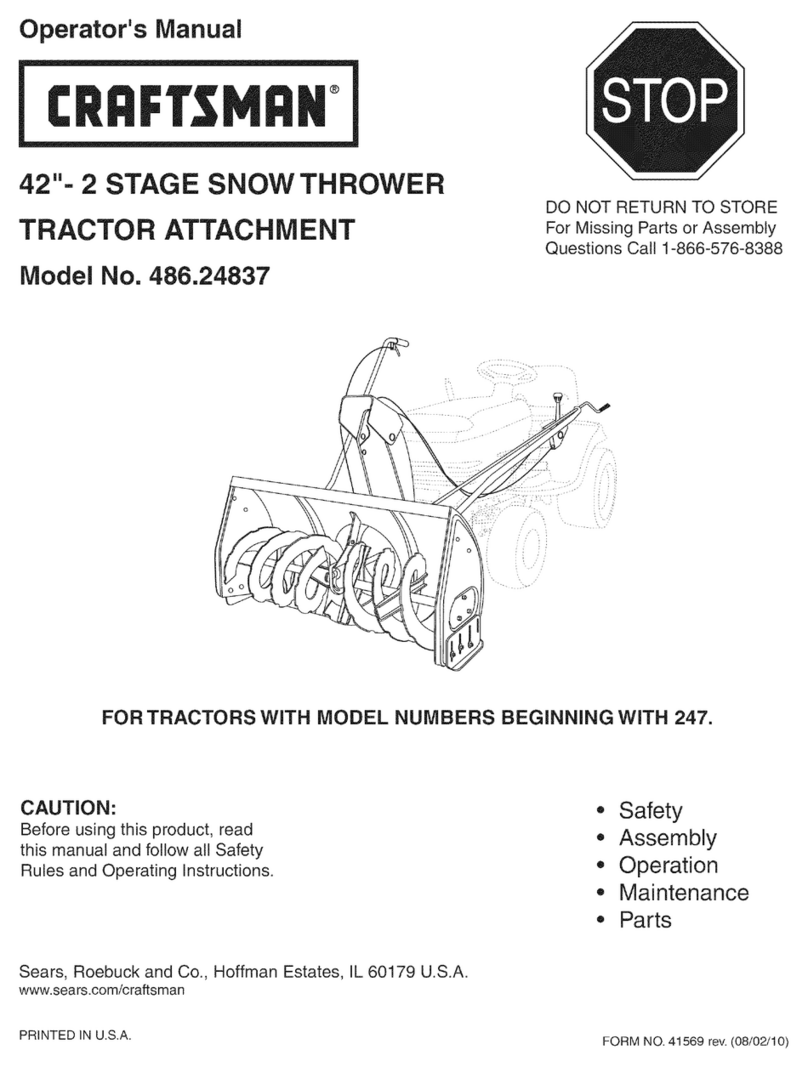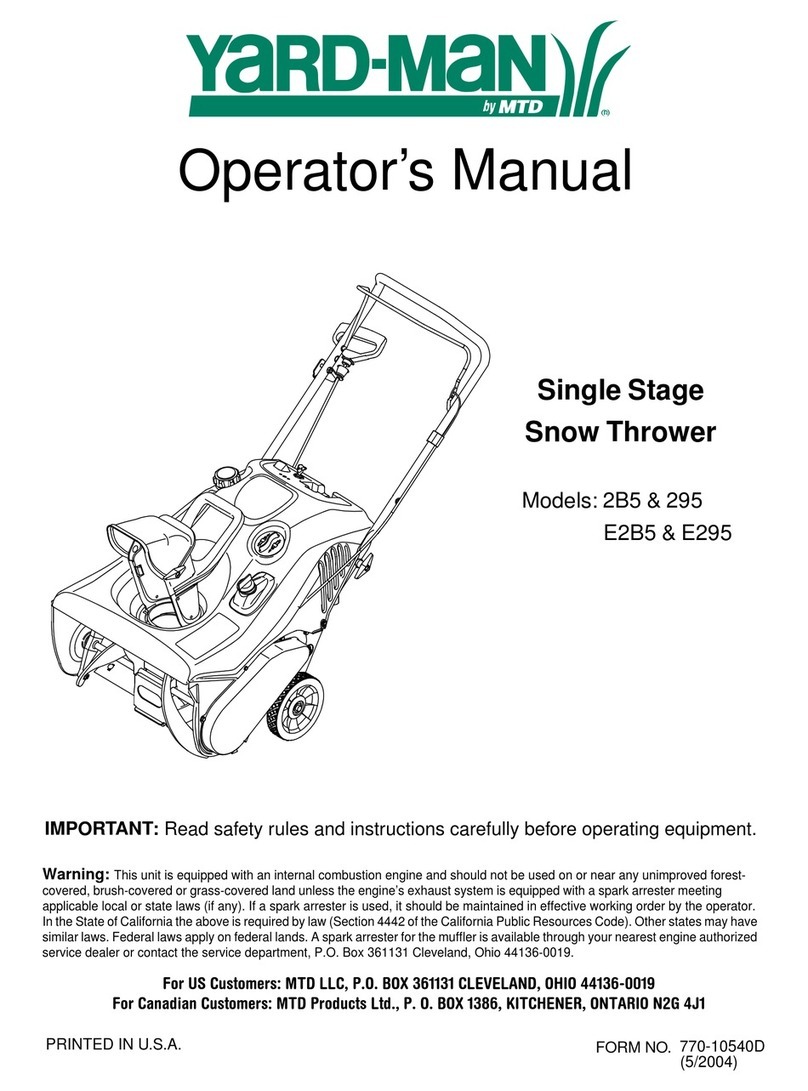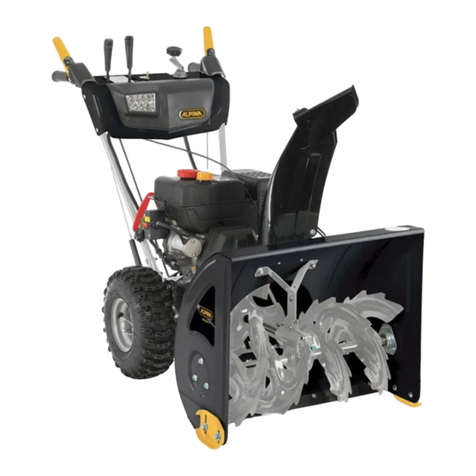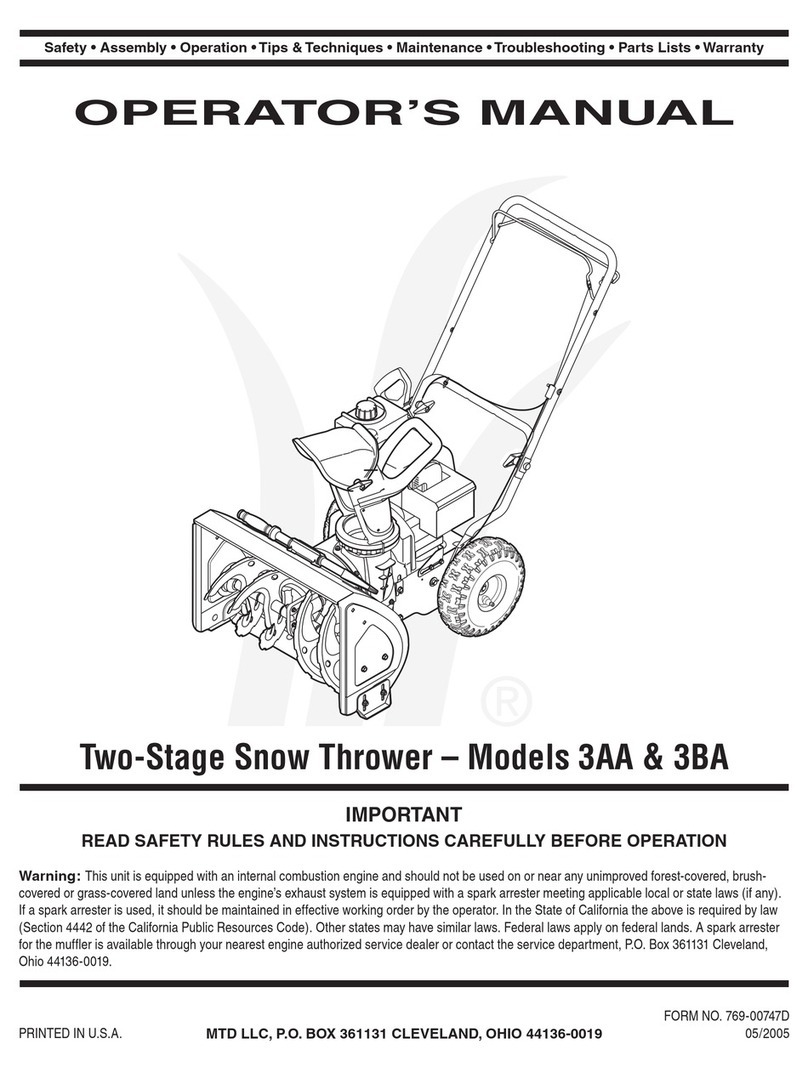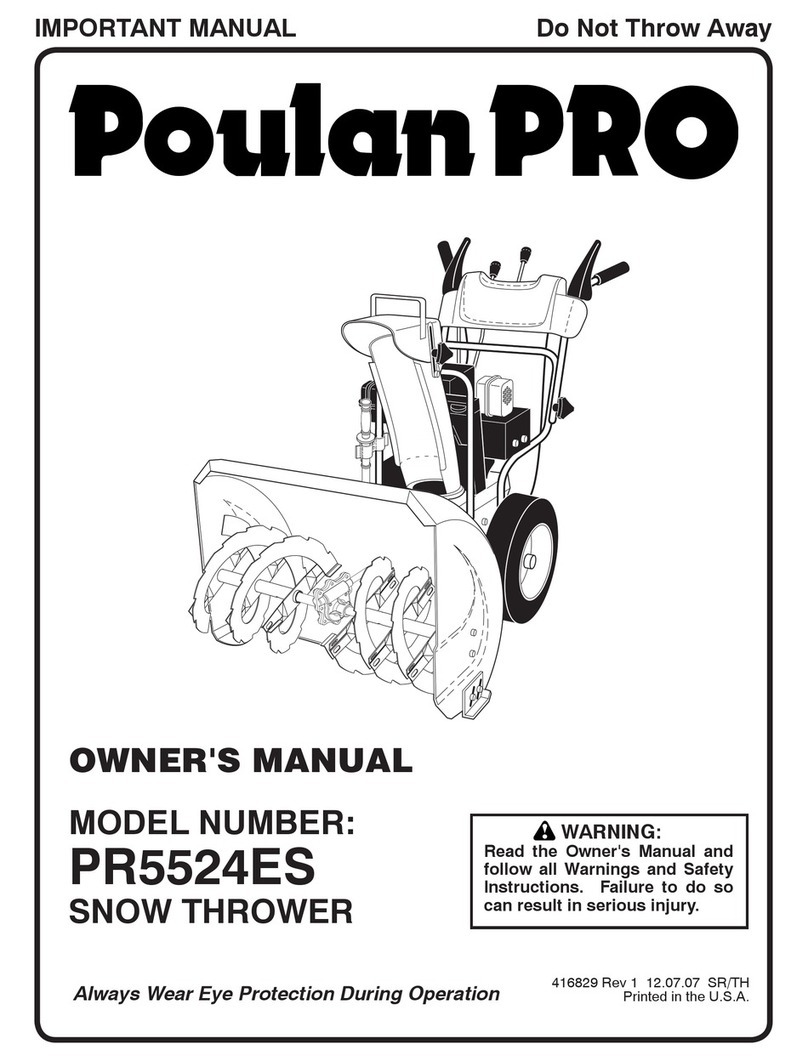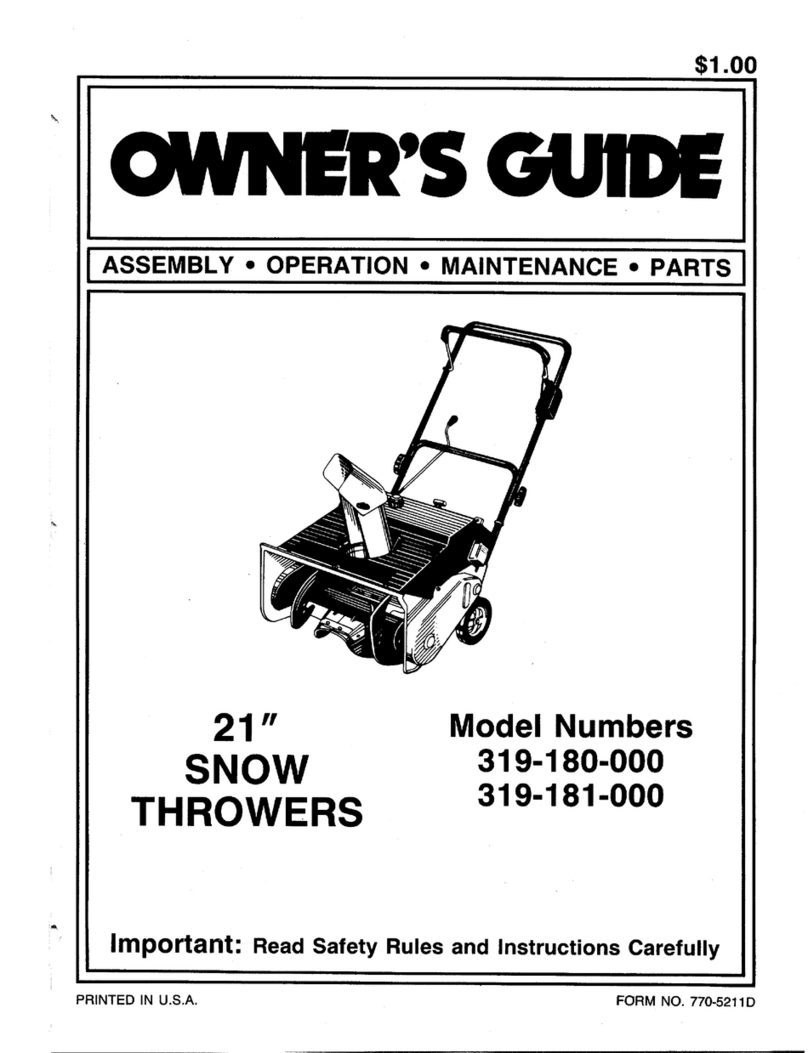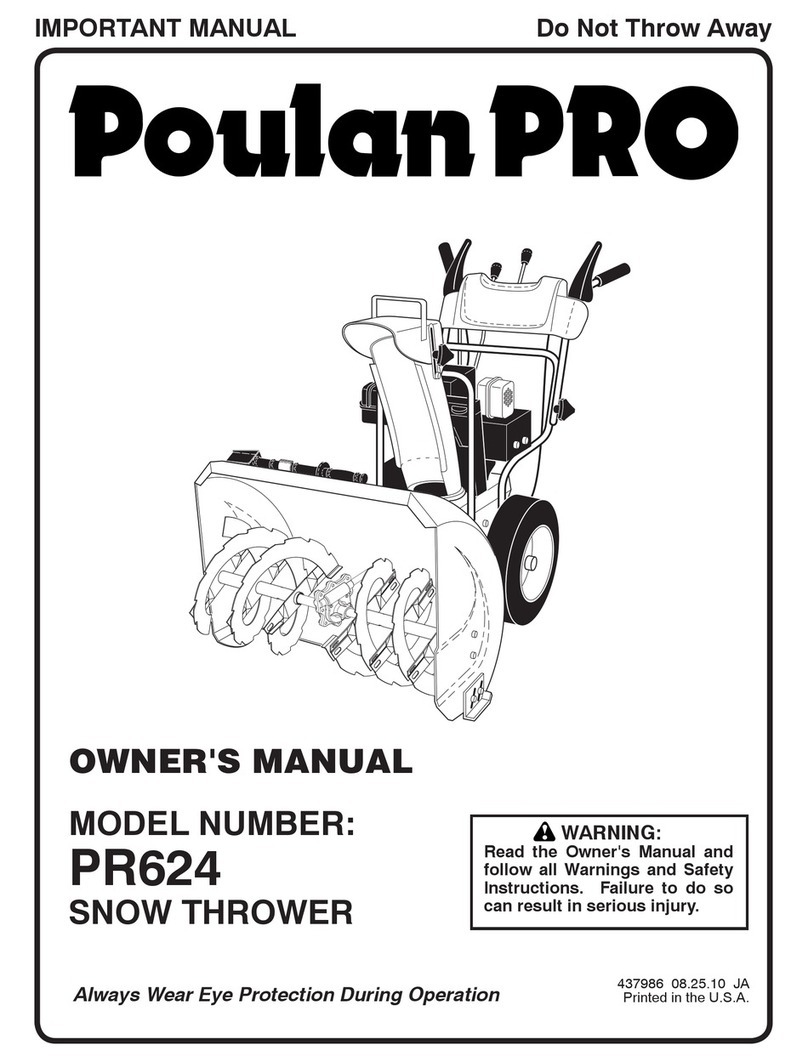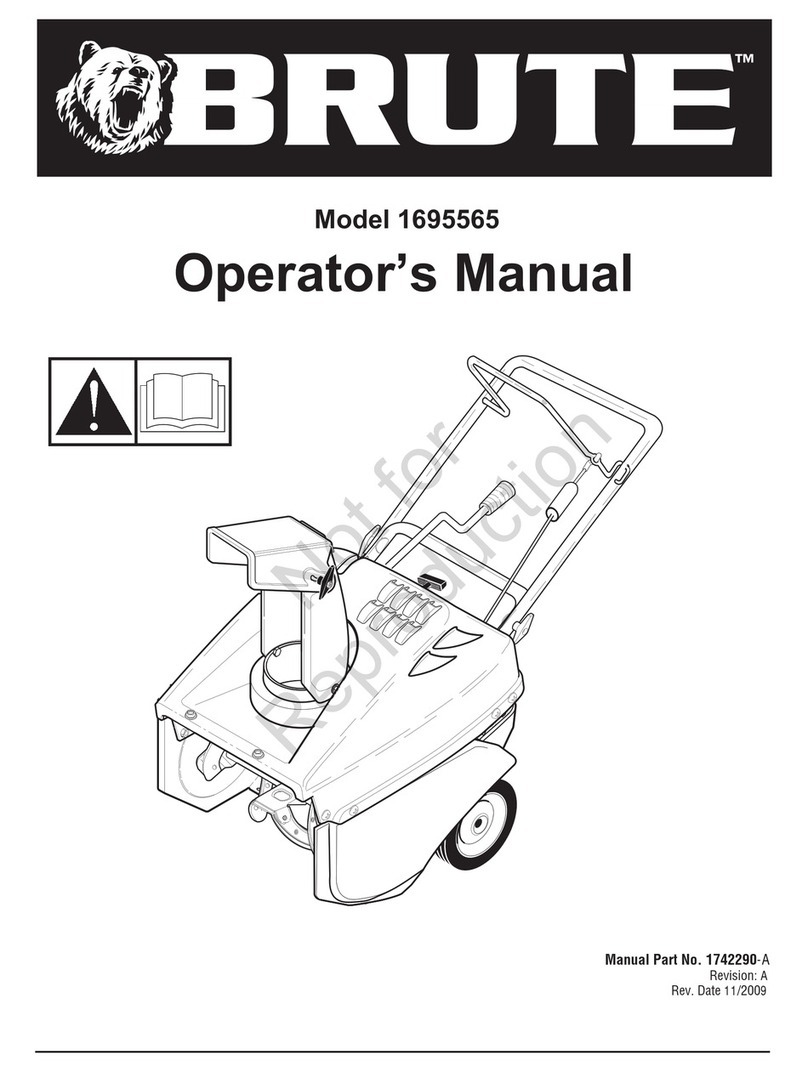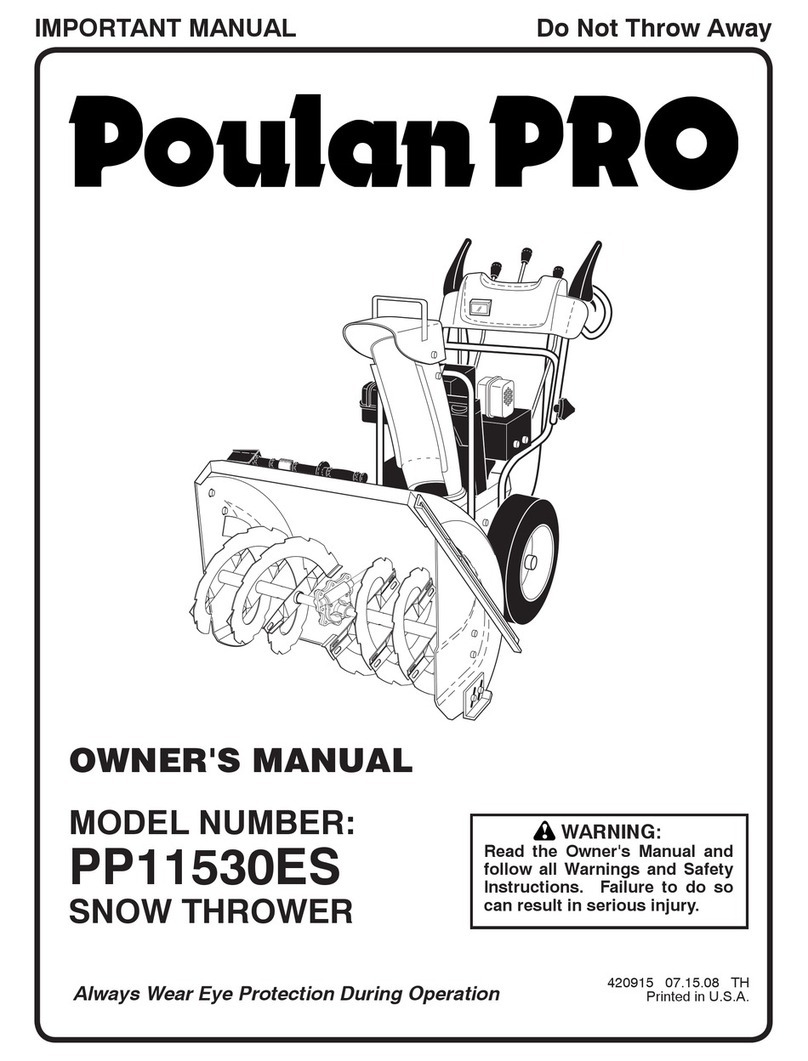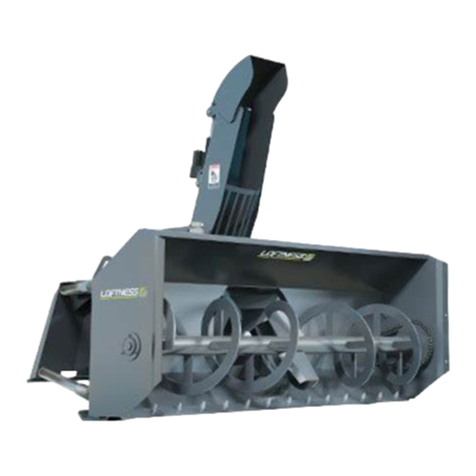Stanley SPT-163-560 User manual

1
Petrol snow thrower
Petrol snow thrower
SPT-163-560
GB Original instructions
Algupärase kasutusjuhendi tõlge
EE

2
Manufactured under license by:
MATRIX GmbH •Postauer Straße 26 •D-84109 Wörth/Isar •www.matrix-direct.net
Stanley is a registered trademark of The Stanley Works or its affiliates and is used under license.
GB
Toodetud litsentsi alusel:
MATRIX GmbH·Postauer Straße·26 D-84109 Wörth/Isar·www.matrix-direct.net
Stanley® on The Stanley Worksi või selle sidusettevõtete registreeritud kaubamärk ning seda kasutatakse
litsentsi alusel.
EE

3
1. Notes on Safety and Warnings
The rating plate on your machine may
show symbols. These represent important
information about the product or instructions
on its use.
Read these instructions for use
carefully.
Wear eye protection.
Wear hearing protection.
Wear safety footwear.
Keep bystanders away.
Stop engine and remove ignition
key prior to leaving the operator’s
position.
Only use clean-out tool to clear
blockage. Never use your hands.
It is forbidden to remove or tamper
with the protection devices and
safety devices.
Do not smoke or have open flames.
Do not touch a hot muffler, gear
housing or cylinder.
Stop engine, remove key, read
manual before making any repairs
or adjustments.
G
B
Keep hands out of the inlet and
discharge openings while machine
is running.
Stay away from rotating augers.
Never direct discharge towards
persons or property.
2. Proper Use
Your new snow thrower will more than satisfy
your expectations. It has been manufactured
under stringent quality standards to meet
superior performance criteria. You will find it
easy and safe to operate, and with proper care, it
will give you many years of dependable service.
Carefully read through this entire operator’s
manual before using your new snow thrower. Take
special care to heed the cautions and warnings.
Your snow thrower has many features that
will make your job faster and easier. Safety,
performance, and dependability have been
given to top priority in the development of this
machine, making it easy to maintain and operate.
The Engine manufacturer is responsible
for all engine-related issues with regards to
performance, power rating, specifications,
warranty and service. Please refer to the Engine
Manufacturer’s owner’s/operator’s manual,
packed separately with your unit, for more
information.
3. Technical data
Clearing Width 56 cm
Intake Height 40.0cm
Auger Dia. 24.0cm
Impeller Dia. 24,3cm
Speed 5F+2R

4
4. Notes on Safety
General Safety Rules
Understand your machine
Allow operation only by properly trained adult,
never children.
Read and understand the operator’s manual
and labels affixed to the machine. Learn its
application and limitations as well as the
specific potential hazards peculiar to it.
Be thoroughly familiar with the controls and
their proper operation. Know how to stop the
machine and disengage the controls quickly.
Make sure to read and understand all the
instructions and safety precautions as outlined
in the Engine Manufacturer’s Manual, packed
separately with your unit. Do not attempt to
operate the machine until you fully understand
how to properly operate and maintain the
Engine and how to avoid accidental injuries
and/or property damage.
Work area
Never start or run the engine inside a closed
area. The exhaust fumes are dangerous,
containing carbon monoxide, an odorless and
deadly gas. Operate this unit only in a well
ventilated outdoor area.
Never operate the machine without good
visibility or light.
Never operate the machine on a steep slope.
Personal safety
Do not operate the machine while under the
influence of drugs, alcohol, or any medication
that could affect your ability to use it properly.
Dress properly. Wear heavy long pants, boots
and gloves. Do not wear loose clothing, short
pants, and jewelry of any kind. Secure long
hair so it is above shoulder level. Keep your
hair, clothing and gloves away from moving
parts. Loose clothes, jewelry or long hair can
be caught in moving parts.
Use safety equipment. Always wear eye
protection. Safety equipment such as a dust
mask, hard hat, or hearing protection used for
appropriate conditions will reduce personal
injuries.
Check your machine before starting it. Keep
guards in place and in working order. Make
sure all nuts, bolts, etc. are securely tightened.
Disengage all clutches and shift into neutral
before starting the engine.
Never operate the machine when it is in need
of repair or is in poor mechanical condition.
Replace damaged, missing or failed parts
before using it. Check for fuel leaks. Keep the
machine in safe working condition.
Never tamper with safety device. Check their
proper operation regularly.
Do not use the machine if the engine’s throttle
control does not turn it on or off. Any gasoline
powered machine that can not be controlled
with the engine throttle control is dangerous
and must be replaced.
Form a habit of checking to see that keys
and adjusting wrenches are removed from
machine area before starting it. A wrench or
a key that is left attached to a rotating part of
the machine may result in personal injury.
Stay alert, watch what you are doing and use
common sense when operating the machine.
Do not overreach. Do not operate the machine
while barefoot or when wearing sandals or
similar lightweight footwear. Wear protective
footwear that will protect your feet and
improve your footing on slippery surfaces.
G
B

5
Keep proper footing and balance at all times.
This enables better control of the machine in
unexpected situations.
Avoid accidental starting. Be sure the engine’s
throttle control is off before transporting the
machine or performing any maintenance or
service on the unit. Transporting or performing
maintenance or service on a machine with its
throttle control on invites accidents.
Fuel safety
Fuel is highly flammable, and its vapors can
explode if ignited. Take precautions when
using to reduce the chance of serious personal
injury.
When refilling or draining the fuel tank, use
an approved fuel storage container while in
a clean, well-ventilated outdoor area. Do not
smoke, or allow sparks, open flames or other
sources of ignition near the area while adding
fuel or operating the unit. Never fill fuel tank
indoors.
Keep grounded conductive objects, such as
tools, away from exposed, live electrical parts
and connections to avoid sparking or arcing.
These events could ignite fumes or vapors.
Always stop the engine and allow it to cool
before filling the fuel tank. Never remove
the cap of the fuel tank or add fuel while the
engine is running or when the engine is hot.
Do not operate the machine with known leaks
in the fuel system.
When practical, remove the machine from the
truck or trailer and refuel it on the ground. If
this is not possible, then refuel the machine on
a trailer with a portable container, rather than
from a fuel dispenser nozzle.
Loose the fuel tank cap slowly to relieve any
pressure in the tank.
Keep the nozzle in contact with the firm of the
fuel tank or container opening at all times until
fueling is complete. Do not use a nozzle lockopen
device.
Never over fill fuel tank. Fill tank to no more
than 12.5mm (1/2”) below the bottom of the
filler neck to provide space for expansion as
the heat of the engine and/or sun cause fuel
to expand.
Replace all fuel tank and container caps
securely and wipe up spilled fuel. Never
operate the unit without the fuel cap securely
in place.
Avoid creating a source of ignition for spilled
fuel. If fuel is spilled, do not attempt to start
the engine but move the machine away
from the area of spillage and avoid creating
any source of ignition until fuel vapors have
dissipated. Serious personal injury can occur
when fuel is pilled on yourself or your clothes
which can ignite. Wash your skin and change
clothes immediately.
Store fuel in containers specifically designed
and approved for this purpose.
Never fill containers inside a vehicle or on a
truck or trailer bed with a plastic liner. Always
place containers on the ground away from
your vehicle before filling.
Store fuel in a cool, well-ventilated area.
Safely away from sparks, open flames or other
sources of ignition.
Never store fuel or machine with fuel in the
tank inside a building where fumes may
reach a spark, open flame, or other sources
of ignition, such as a water heater, furnace,
clothes dryer and the like. Allow the engine to
cool before storing in any enclosure.
G
B
Table of contents
Languages:
Other Stanley Snow Blower manuals
